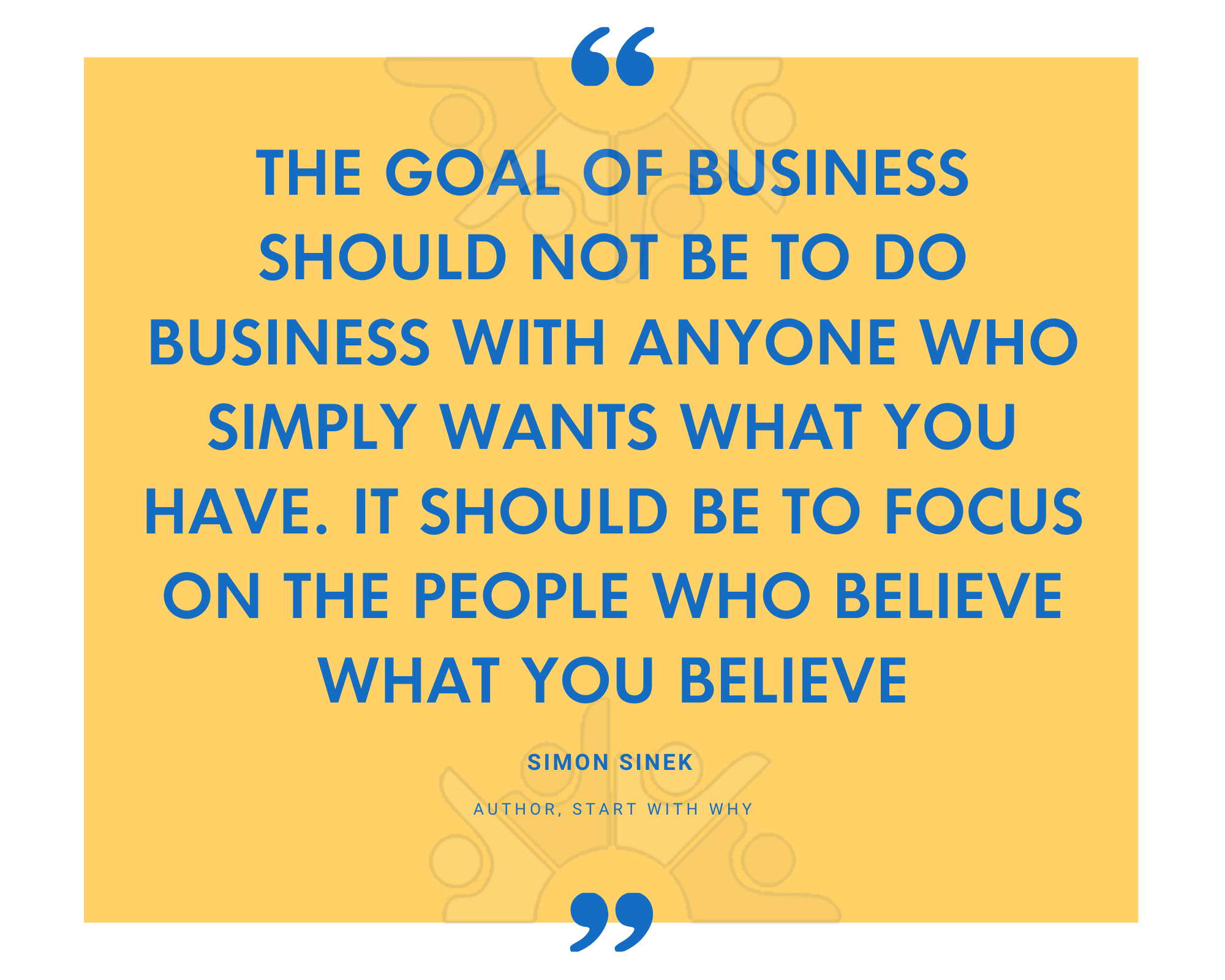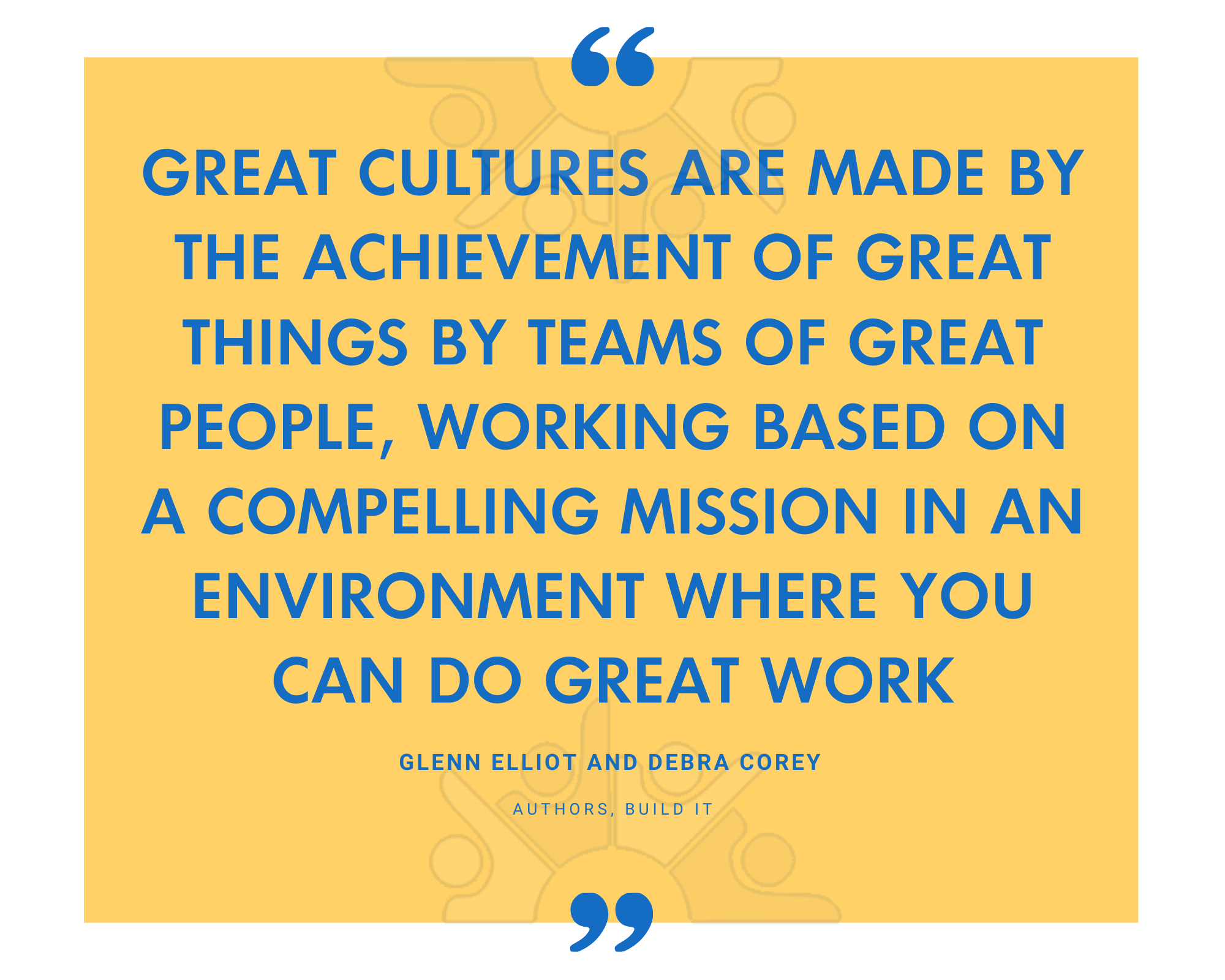In the modern workplace, corporate culture and performance are deeply intertwined. But which comes first? The relationship between culture, performance and engagement is substantial, so getting the balance right to optimize your employees’ capabilities is a fundamental requirement for any successful company.
Let’s take a look at how your company’s culture can help drive performance, and how you can effectively use your employee communications platform to boost the signal.
A ten-year study from Queen’s University Center For Business Testing in 2017 found that companies that possessed a strongly engaged culture experienced:
• 65% greater share-price increase
• 26% less employee turnover
• 100% more unsolicited employment applications
• 20% less absenteeism
• 15% greater employee productivity
• 30% greater customer satisfaction levels.
Similarly, Deloitte’s study on Core Beliefs and Culture revealed that 94% of executives and 88% of employees believe a distinct workplace culture is important, with a crucial difference in performance between companies that simply talk about their culture and those that embed these beliefs into their operations.
Defining your culture

For example, Ford aims to “go further to make our cars better, our employees happier and our planet a better place to be,” while software manufacturer Atlassian strives “to unleash the potential in every team and help advance humanity through the power of software.”
In his book Start With Why, Simon Sinek explains how values and guiding principles are best expressed as verbs. “It’s not ‘integrity’, it’s ‘always do the right thing’. It’s not ‘innovation’, it’s ‘look at the problem from a different angle’.”
Companies that embody this sense of purpose encourage productive and innovative employees who feel emboldened to give their best performance.
Embedding cultural values throughout the company
For corporate culture and performance to work together, your cultural values need to be visible throughout the workforce. There are a number of ways this can be done, for instance, sharing these values with employees and asking for their input to help them shape the definitions, embedding them throughout your HR processes (and understanding which values align best to which roles in your company), and developing a story which brings these values to life.
You can also help to bolster your company’s cultural values by using your performance management tools as a culture management platform. Use your internal communications platform to amplify your company’s values through branding across the various platforms used by your workforce, whether on-site PCs or remote workers using mobile devices.

Establishing a culture transparency
Companies that establish transparent and open cultures increase the opportunities for higher performance and engagement. With more eyes on a given objective, collaboration is increased and a broader degree of critical thinking is brought to the table.
Explain the “why” of your culture, rather than the “how” so that employees understand the thinking behind important decisions, allowing room for dissent and being open to the diversity of opinion. Use your performance management tools to encourage continuous communication.
Reward Gateway co-founder Helen Craik explains, “Be as open with your people as you can, as early as you can. Employees are much more likely to go to bat for something they understand.”
Building a culture of learning…

A culture of learning can be improved with the introduction of high-purpose environments, encouraging employees to envision goals and the path required to achieve them, as well as any obstacles they might encounter along the way. This mental contrast allows employees to create more vivid stories about their purpose and bring your company’s culture into sharper focus.
… And recognition
Regular and visible employee recognition is another way to bind your corporate culture and performance together. Companies that place a high priority on recognition and celebrating the individuals and teams who achieve their goals inspire others to achieve their targets.
Whether your employees are working on-site or remotely, you can use your culture management platform to encourage desired behaviours and align them to your values. Manager-to-peer and peer-to-peer recognition rewards employees who perform at the top of their game while encouraging others to achieve better results.





